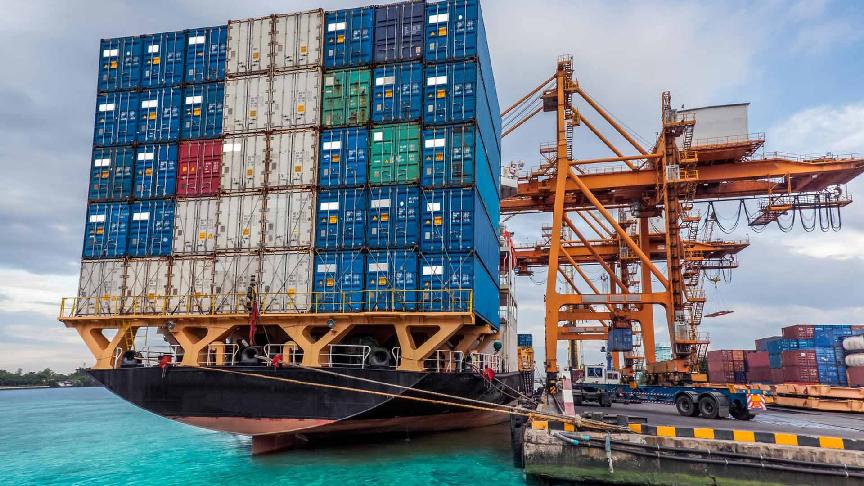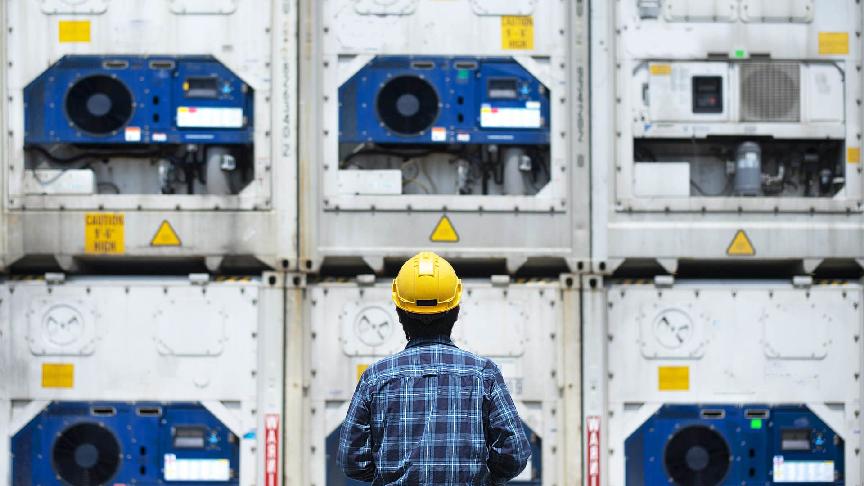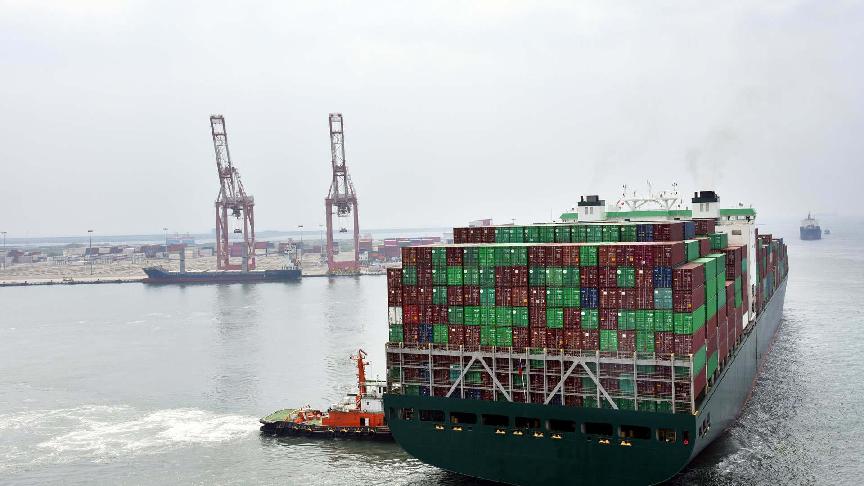The latest information published by the Panama Canal shows that the waiting time of vessels has been gradually decreasing during the month of August. According to the data dashboard of the canal, the number of vessels waiting to queue for transit on 11 September was 127 vessels - this includes all types of vessels. On the northbound, the 28-day average time of non-booked vessels waiting in the queue is 4.8 days, and it is 6 days on the southbound.

The rainy season in Panama ranges between September and November. However, experts do not predict a significant change in the water levels of the canal's waterways. Isaac Hankes, senior weather analyst at London Stock Exchange Group, said: “The forecast through the next two weeks does show a more significant period of high rainfall that could finally start to raise water levels in the canal," reports Container Management.
Containerships face shorter waiting times
Analysts have recently looked into the situation in the canal, more specifically its impact on container shipping, and described it as not yet a crisis. An analysis by FreightWaves claims that the “data doesn’t point to a crisis as of now.” This was echoed by industry experts, particularly those active in the US market. A cargo operations analyst at the Port of New York and New Jersey told the Journal of Commerce (JOC) that there is “no impact so far” on ship schedules arriving at the port. Similarly, Rolf Habben Jansen, CEO of ocean carrier Hapag-Lloyd, recently commented, “The effect is not immaterial, but it’s also not huge.”
Data from the canal reveal that the waiting time of container vessels in Panama did not witness a dramatic change after the new measures came into effect. Average waiting times for boxships travelling from the Pacific to the Atlantic remained between 0 and 2 days in June and July, reports FreightWaves. This was also the case for container ships travelling eastwards. Meanwhile, general cargo vessels waited around three days in June and July before transiting from the Pacific to the Atlantic. In August, the waiting time soared to nearly 18 days for this vessel type.
FreightWaves adds that the average number of daily Neopanamax ships transiting the canal in July was higher than in July 2022 and 2021, and the average number of total ships was closely similar to the same month two years earlier.
Mitigating factors
Shipping experts believe the relatively lower post-pandemic volumes may have played a role in mitigating the situation on the Panama Canal. Other key aspects experts refer to are the sizes of ships and the trade lanes they sail on.
The Panama Canal has the capacity to receive ultra-large container vessels as well as smaller ones. However, with the new measures limiting the allowed draft levels, it is easier for smaller vessels to comply with the permitted draft compared to 24,000+ TEU ships. This is closely connected with the trade lane on which the ship is deployed.
On average, vessels travelling from Europe to Latin America have a capacity of around 10,000 TEU. On the other hand, ships accessing the channel from Asia are usually larger because they need to carry larger volumes.
Danish carrier Maersk recently updated customers on the status of their shipments passing the canal. To mitigate the situation's severity - particularly for the largest vessels deployed on the Asia/US East Coast route - “We have deployed additional vessels, known as Extra Loaders, to compensate for the loss of capacity,” said the carrier.
These factors are by no means the only reasons behind the difference in waiting times for ships at the canal. The type of goods, weather conditions, production volumes from a country and the operational procedures taken onsite all impact the movement of ships across the waterway. This is besides the fact that the canal’s authority decided to give full container vessels priority in the assignment of transit slots.
Impact on US containerised trade
When it comes to the movement of containers from the US, shippers have been relatively relaxed. “Vessel capacity utilization is very low right now, so the impact shouldn’t be that significant since there’s capacity to absorb,” an analyst from the US told JOC. “It’ll be a few weeks” before delays become disruptive on the East Coast, he added.
Likewise, ships calling the Port of Houston have not been witnessing major delays, mainly because the port’s draft limits are already below those of the canal, adds JOC.
Furthermore, many cargo owners are contemplating the use of rail to transport their goods. Earlier this year, Class I railroad Canadian Pacific Kansas City (CPKC) launched a single-line railway connecting Canada, the US and Mexico.
It is worth noting here that the logistics facilities at the canal extend beyond services for ships. Both entrances of the waterway have a multimodal system with container ports and links to rail and trucking services. Such facilities enable accelerated transfer of cargo across the two Americas.







